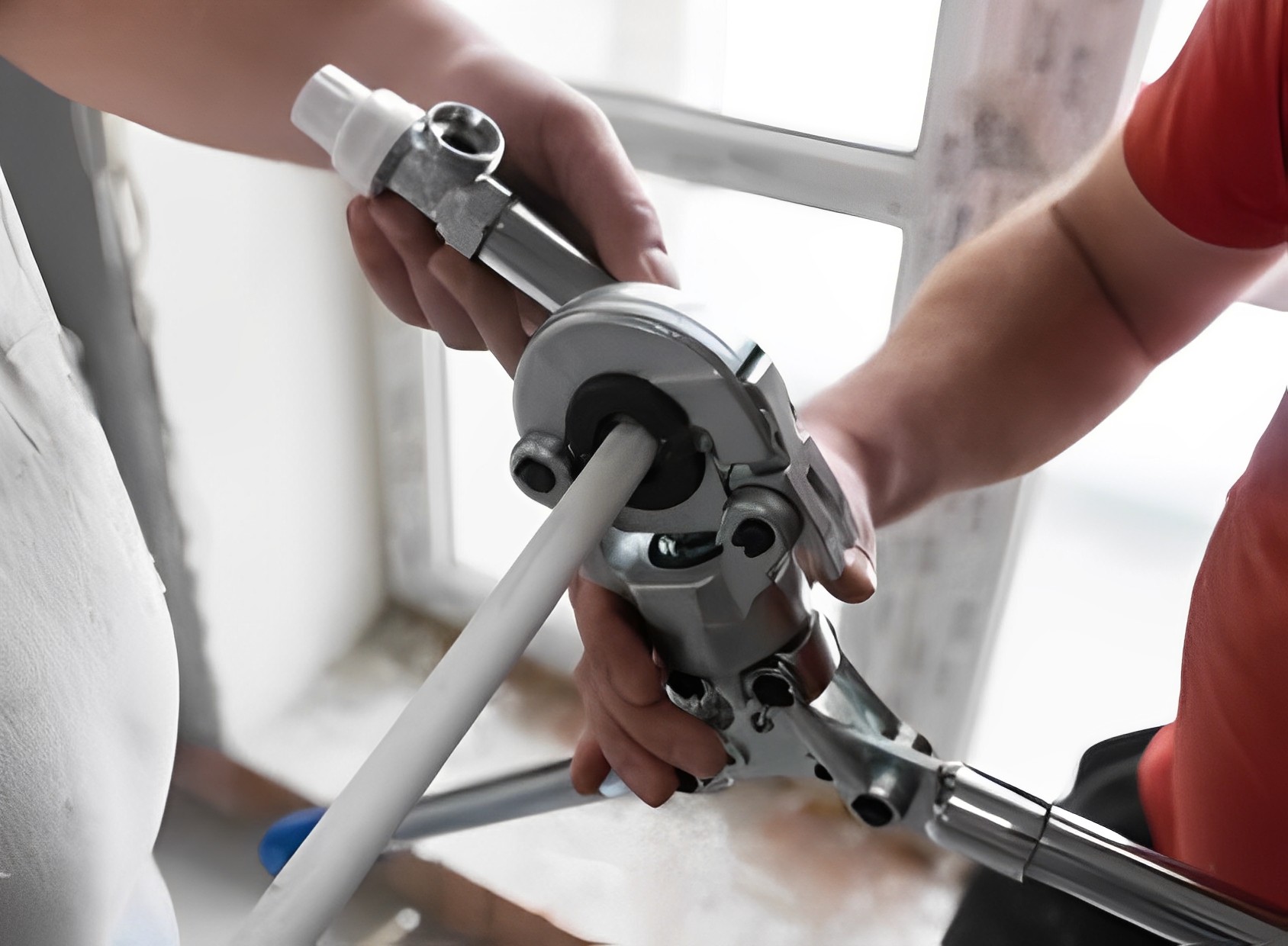In the world of hydraulic systems, ensuring the integrity of connections is crucial for optimal performance and reliability. One method of achieving secure and leak-free connections is through the use of crimp-on hydraulic fittings. In this article, we will delve into the details of crimp-on hydraulic fittings, exploring their benefits, applications, and the crimping process involved.
What are Crimp-On Hydraulic Fittings?
Crimp-on hydraulic fittings are a type of hydraulic fitting that provides a secure and permanent connection between hydraulic hoses and other system components. These fittings consist of multiple components, including the fitting body, crimp sleeve, and ferrule. When properly installed, crimp-on fittings offer excellent sealing capabilities and high resistance to pressure, making them ideal for demanding applications.
Factors to Consider When Choosing Crimp-On Hydraulic Fittings
When selecting crimp-on hydraulic fittings, several factors should be taken into consideration to ensure optimal performance and compatibility. These factors include compatibility with the hydraulic hose, pressure ratings, material selection, and size/configuration variations. Choosing the right fittings based on these factors will help ensure a proper and reliable connection.
The Crimping Process
Crimping is the process of attaching the crimp-on fitting to the hydraulic hose using a specialized crimping tool. This process involves precise measurements, proper alignment, and the application of the correct crimping force. By following a step-by-step guide, one can achieve a secure and leak-free connection that maximizes the performance of the hydraulic system.
Benefits of Crimp-On Hydraulic Fittings
Crimp-on hydraulic fittings offer several advantages over other types of fittings. Firstly, they provide enhanced leak resistance and reliability due to the tight and permanent connection they create. This reduces the risk of fluid leakage and potential system failures. Additionally, crimp-on fittings improve system efficiency and performance by minimizing pressure drops and ensuring consistent fluid flow.
Another benefit is the reduction of downtime and maintenance costs. With their secure connections, crimp-on fittings require less maintenance and are less prone to loosening or leaking over time. This translates to increased productivity and cost savings for businesses.
Crimp-on hydraulic fittings are also compatible with high-pressure applications, making them suitable for a wide range of industries and systems that require robust connections. Whether it’s in the automotive, industrial, construction, or agricultural sector, crimp-on fittings offer reliable solutions for demanding hydraulic applications.
Common Applications of Crimp-On Hydraulic Fittings
Crimp-on hydraulic fittings find application in various industries and equipment. In the automotive and transportation industry, they are used in brake systems, power steering, and suspension systems. Industrial machinery and equipment, such as presses, conveyors, and machine tools, also rely on crimp-on fittings for their hydraulic connections. Construction and heavy-duty equipment, including excavators, loaders, and cranes, utilize crimp-on fittings for their reliability and durability. Additionally, crimp-on fittings are employed in agricultural and farming equipment, such as tractors, harvesters, and irrigation systems.
Troubleshooting and Maintenance Tips
While crimp-on hydraulic fittings are known for their reliability, occasional issues may arise. To troubleshoot common problems, it’s important to identify the root cause and take appropriate measures to resolve them. Regular inspection and maintenance are essential to ensure the fittings are in optimal condition. This includes checking for signs of wear, leaks, and damage, as well as cleaning and lubricating the fittings as needed.
Safety Considerations
Safety should always be a top priority when working with hydraulic systems and crimp-on fittings. Proper training in crimping procedures and equipment usage is crucial to ensure a safe working environment. Additionally, handling and storing hydraulic fittings correctly, following pressure and temperature limits, and adhering to industry standards and regulations are essential for maintaining safety during installation and operation.
Innovations and Future Trends in Crimp-On Hydraulic Fittings
As technology advances, so do crimp-on hydraulic fittings. Innovations in crimping technology have led to more efficient and accurate crimping processes, ensuring consistent and reliable connections. Integration of smart features and monitoring systems allows for real-time monitoring of fitting performance, enabling predictive maintenance and enhancing overall system efficiency. Furthermore, the industry is witnessing the emergence of eco-friendly and sustainable crimp-on fitting solutions, aligning with the growing focus on environmental responsibility.
Conclusion
Crimp-on hydraulic fittings provide a secure, leak-free, and durable connection solution for hydraulic systems. By selecting the right fittings, following proper crimping procedures, and adhering to maintenance practices, one can ensure optimal system performance and longevity. Whether it’s in the automotive, industrial, construction, or agricultural sector, crimp-on fittings play a vital role in enhancing the reliability and efficiency of hydraulic applications. With their numerous benefits and wide range of applications, crimp-on hydraulic fittings are a valuable component in the world of hydraulic systems.
Post time: Jun-30-2023


